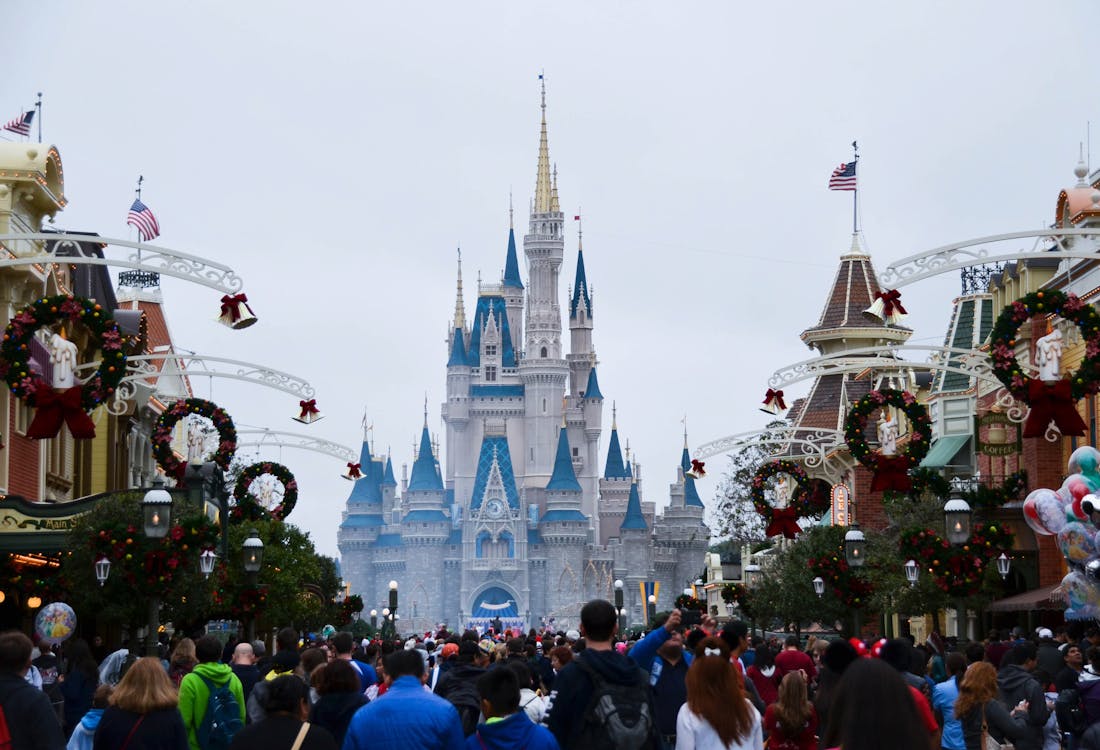Vatican City, the world's smallest sovereign state at just 100 acres, is the only country that can be explored in a few hours! Despite its tiny footprint, this independent city-state packs in centuries of history and serves as the spiritual headquarters of the Roman Catholic Church.
Did you know, Vatican City only gained independence in 1929? Before that, it was part of Rome for centuries! Today, it functions as an absolute monarchy with the Pope as its head and even boasts its own army—the colorful Swiss Guard, which has protected the Pope since 1506. Ready to uncover its origins? Let’s dive into the captivating history of Vatican City!
Timeline of Vatican City's History
Timeline of discovery and development
- 1st Century AD: St. Peter, one of Jesus's apostles, was martyred and buried on Vatican Hill, transforming the area into a sacred pilgrimage site.
- AD 313: Emperor Constantine legalized Christianity and began construction of the first St. Peter's Basilica over what was believed to be St. Peter's tomb.
- 8th Century: The Donation of Pepin granted land to the Pope, establishing the papacy's temporal power and creating the foundation for the Papal States.
- AD 846: After Saracen pirates attacked Rome, Pope Leo IV built defensive walls around the basilica, creating the "Leonine City."
- 1477: Construction of the Sistine Chapel began under Pope Sixtus IV.
- 1512: Michelangelo completed his masterpiece ceiling in the Sistine Chapel.
- 1506-1626: The new St. Peter's Basilica was built, becoming the world's largest church and a Renaissance architectural marvel.
- 1870: The Kingdom of Italy annexed Rome, leaving the Vatican as the Pope's last remaining territory.
- 1929: The Lateran Treaty established Vatican City as an independent sovereign state.
- 1934: The Vatican Railway was inaugurated—at just 0.5 miles, it's the world's shortest national railway!
- 1981: Pope John Paul II survived an assassination attempt in St. Peter's Square.
Vatican City – A Historical Overview
Ancient Roots
When you visit Vatican City today, you walk on ground steeped in history. Around AD 4, the area—known as Ager Vaticanus—was largely marshland along the Tiber River. Romans later developed it into gardens and villas for the elite.
The site’s significance shifted dramatically in AD 64 when Emperor Nero blamed Christians for Rome’s fire. St. Peter, considered the first Pope, was martyred on Vatican Hill and buried in a nearby necropolis. This event sanctified the location for Christians worldwide.
The transformation deepened in AD 313 when Emperor Constantine legalized Christianity via the Edict of Milan. By AD 324, he commissioned the first St. Peter’s Basilica over St. Peter’s tomb, establishing the area as Christianity’s spiritual epicenter and drawing pilgrims across Europe.

Recommended tickets to Vatican
The Papal States
From the 8th to 19th centuries, the Pope ruled much of central Italy through the Papal States. This territory granted the papacy dual power—religious and political. The Church controlled taxes, armies, and governance, with the Pope reigning as a monarch. This arrangement lasted until Italian unification in the 19th century.
The “Roman Question”
Italy’s unification in 1870 led to the seizure of the Papal States, sparking the Roman Question. Popes refused to recognize Italy’s government, declaring themselves “prisoners of the Vatican” and remaining within its walls for nearly 60 years. This stalemate left the Pope’s role in modern Italy unresolved for decades.
The Lateran Treaty (1929)
The conflict ended on February 11, 1929, when Pope Pius XI and Benito Mussolini signed the Lateran Treaty. This agreement recognized Vatican City as a sovereign state, granting the Pope full authority over its territory. In exchange, the Vatican acknowledged Rome as Italy’s capital and received financial compensation for lost lands.
Modern Era
Today, Vatican City functions as both the spiritual headquarters of the world's 1.3 billion Catholics and a sovereign state with its own postal system, media outlets, and diplomatic corps. Despite its tiny size, the Vatican maintains diplomatic relations with over 180 countries!
The modern Vatican has embraced technology too—from Vatican Radio to the Pope's Twitter account (@Pontifex) with millions of followers!


